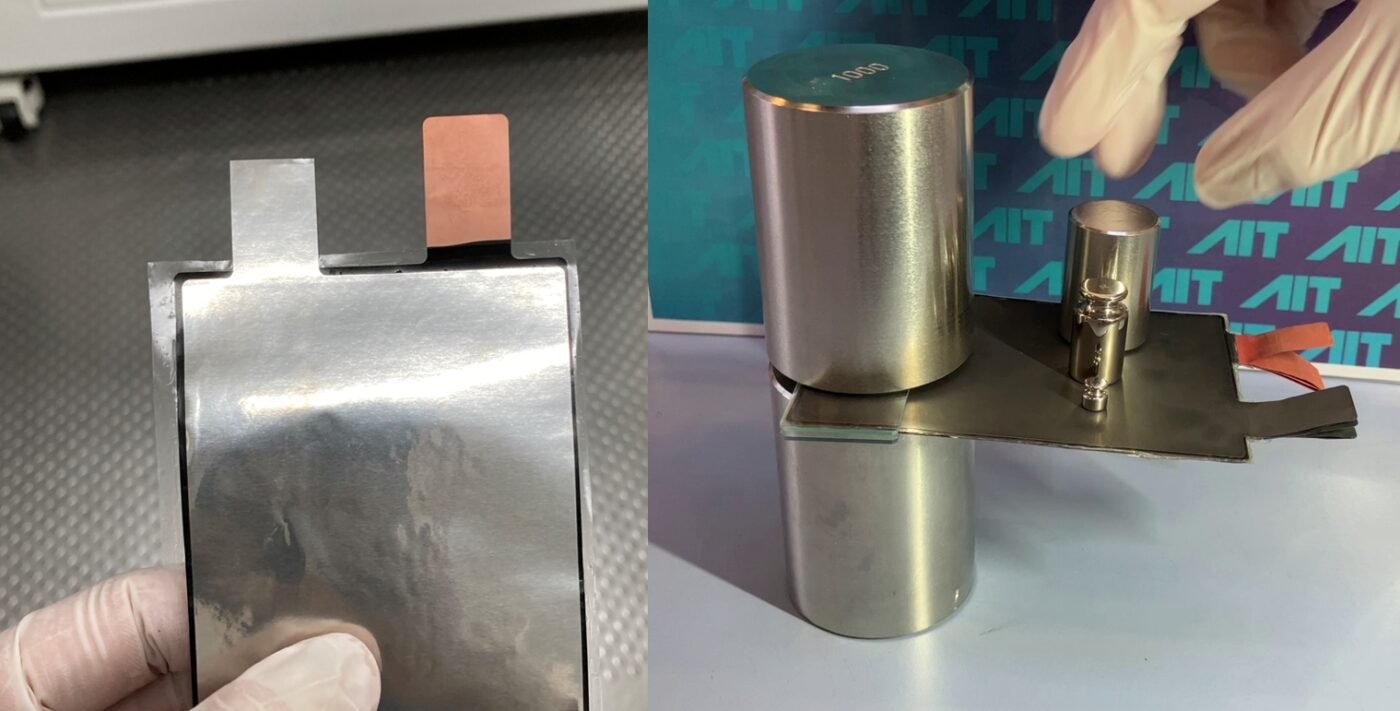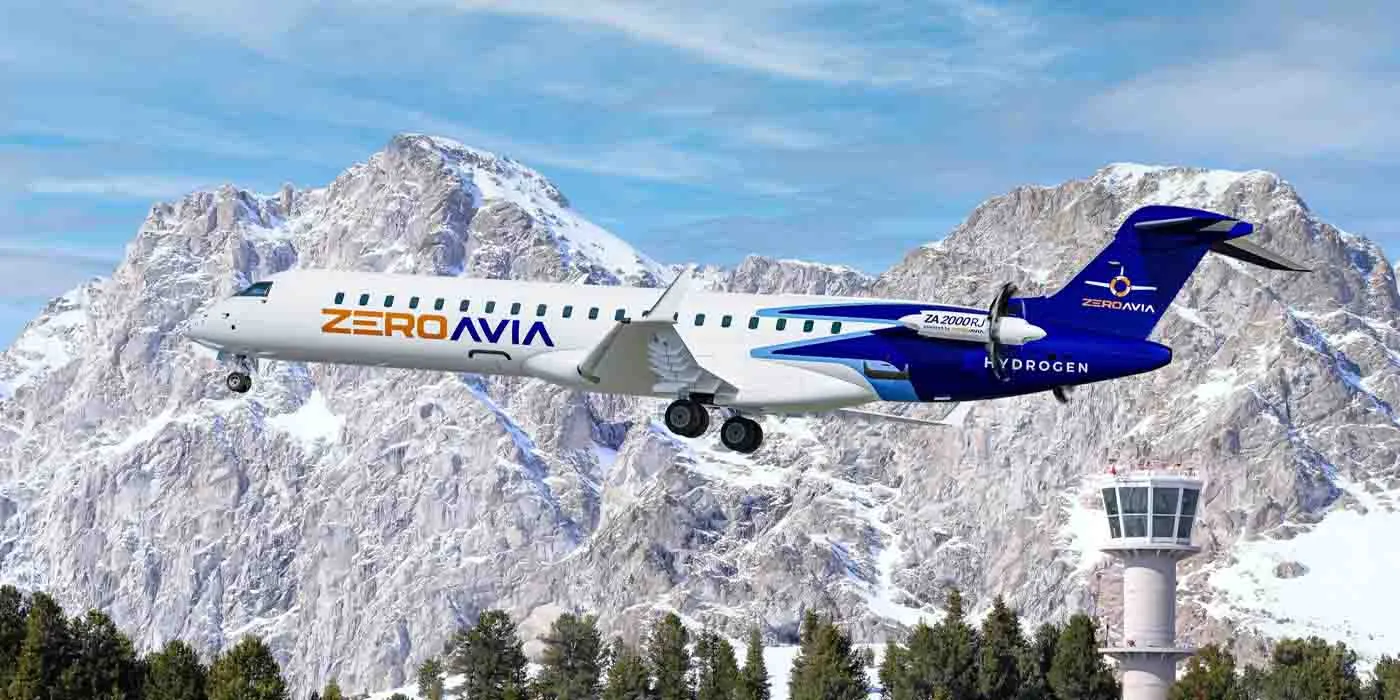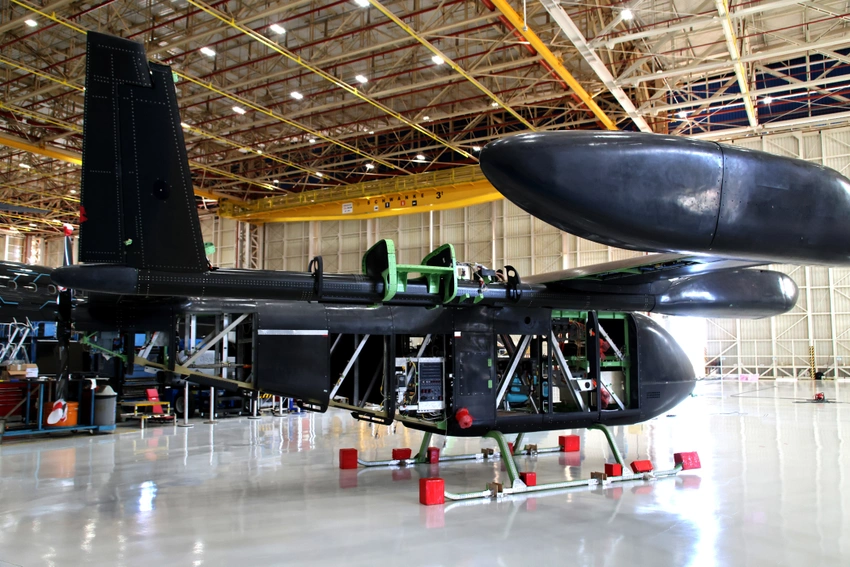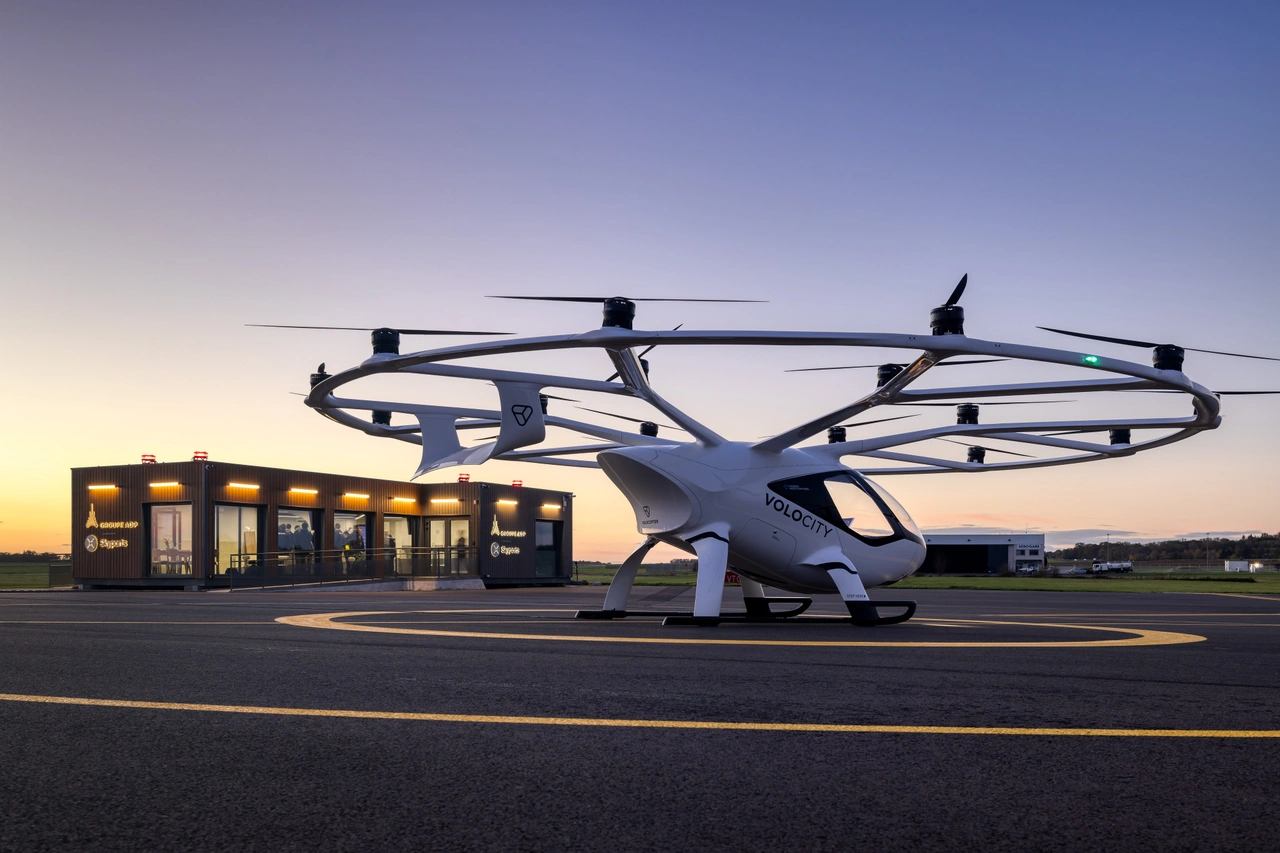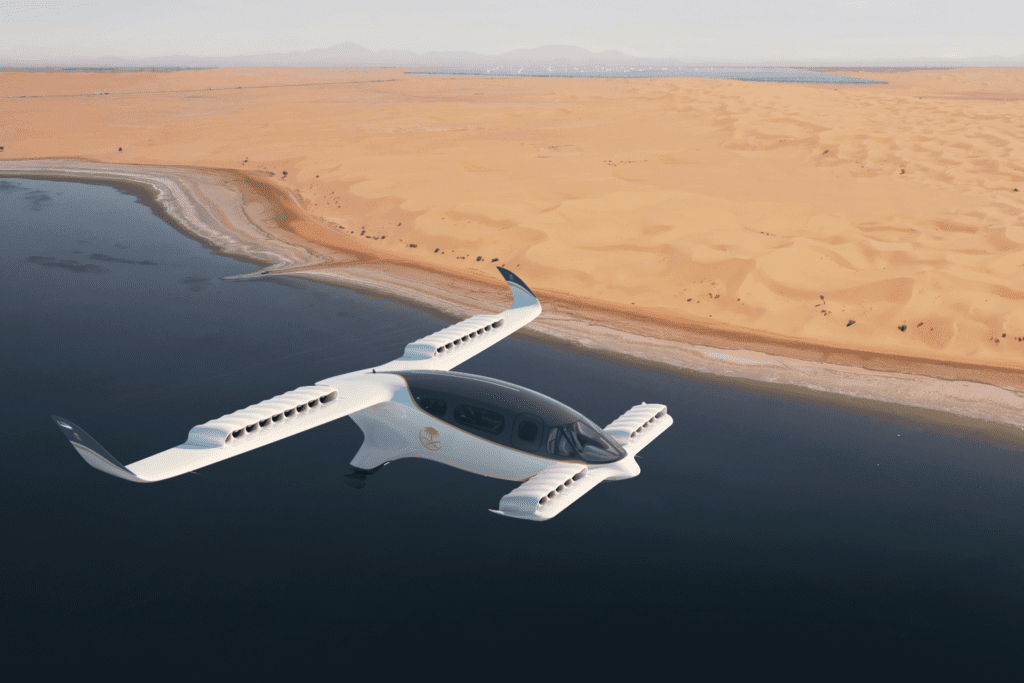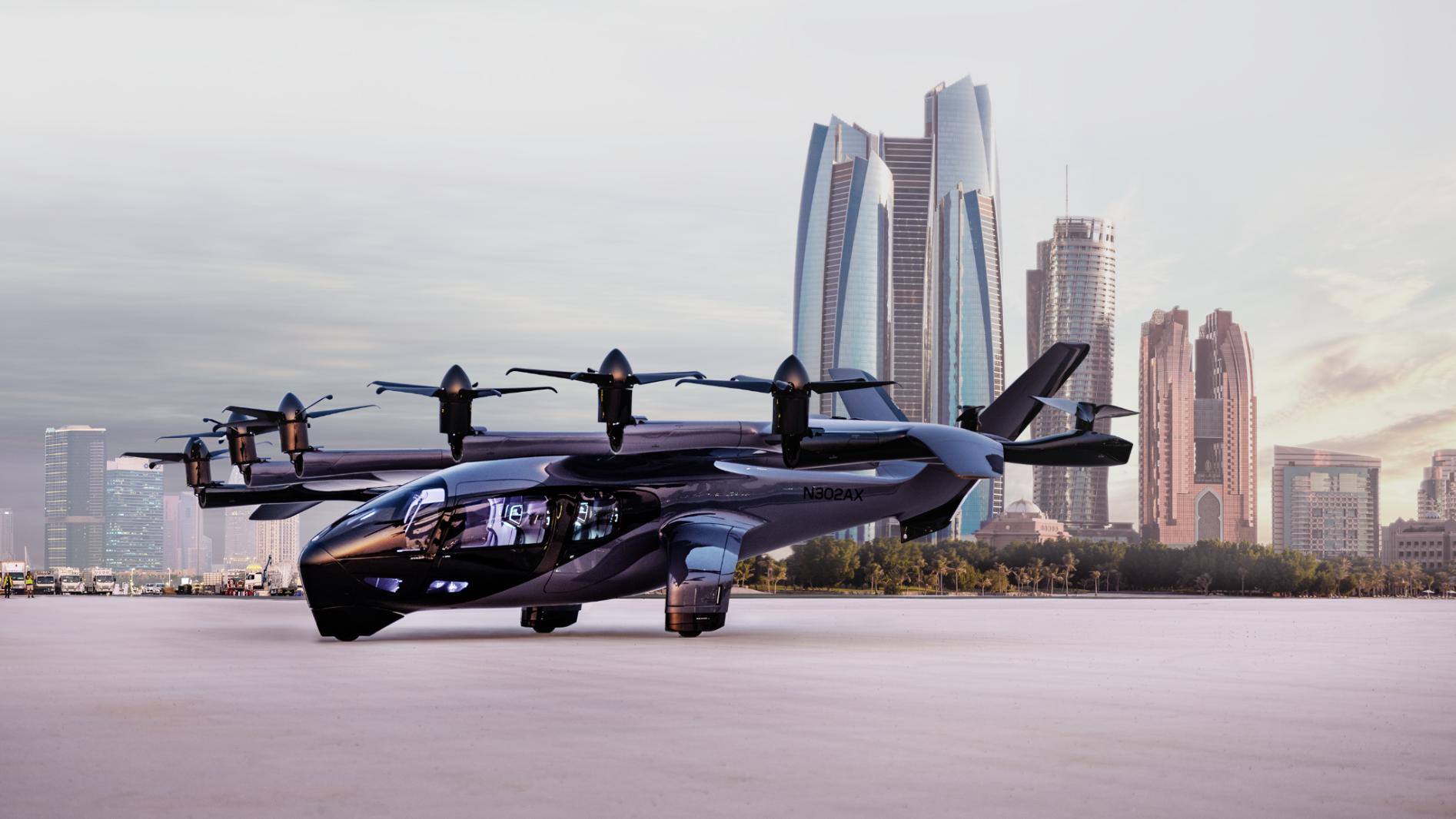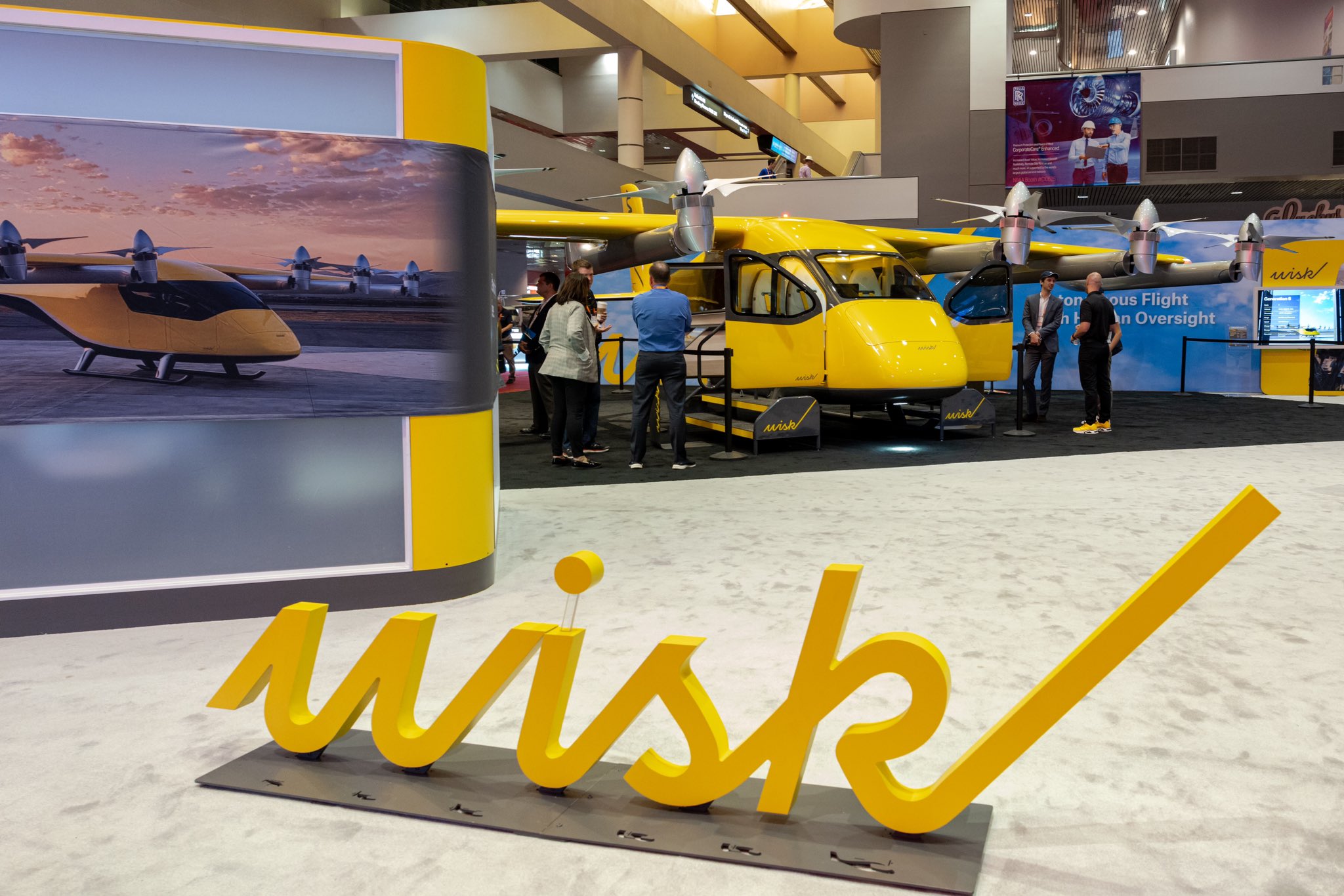A European consortium led by the Austrian Institute of Technology (AIT) has completed a three-year research initiative focused on integrating batteries into aircraft structures to enhance efficiency and reduce weight. Known as SOLIFLY (Semi-SOlid-state LI-ion Batteries FunctionalLY Integrated in Composite Structures for Next Generation Hybrid Electric Airliners), the project marks a significant advancement in aviation electrification.
The consortium, comprising multiple research teams, has developed aircraft components capable of dual functionality—serving as both load-bearing structures and energy storage units. This innovation is expected to contribute to lighter overall system weights by simultaneously storing electrical energy while maintaining mechanical strength.
Key achievements include the successful integration of structural battery cells into high-strength carbon composite components without compromising their mechanical properties. AIT reports that these advancements were validated through a multifunctional project demonstrator, highlighting compatibility with stringent aviation standards.
According to Helmut Kühnelt, AIT researcher and SOLIFLY coordinator, “With SOLIFLY, we have demonstrated that integrating battery technology into structural components is possible without significantly compromising their mechanical properties. This is a crucial step for multifunctional energy storage as a key technology for future climate-neutral aviation.”
The project’s success has informed the launch of MATISSE, a follow-up initiative aimed at further developing multifunctional structural components with integrated semi-solid-state batteries. Research under MATISSE will explore the integration of battery cells into aircraft structures using solid laminate and sandwich structures, alongside incorporating sensors for enhanced safety and performance monitoring.

